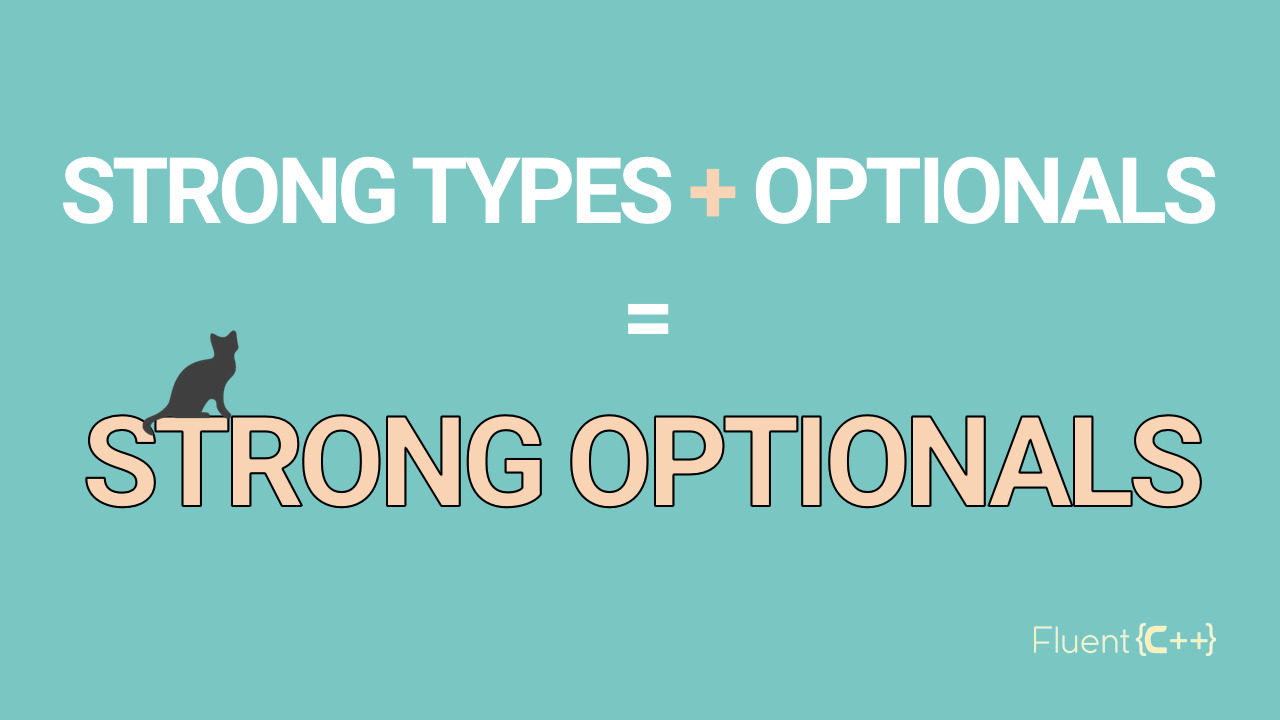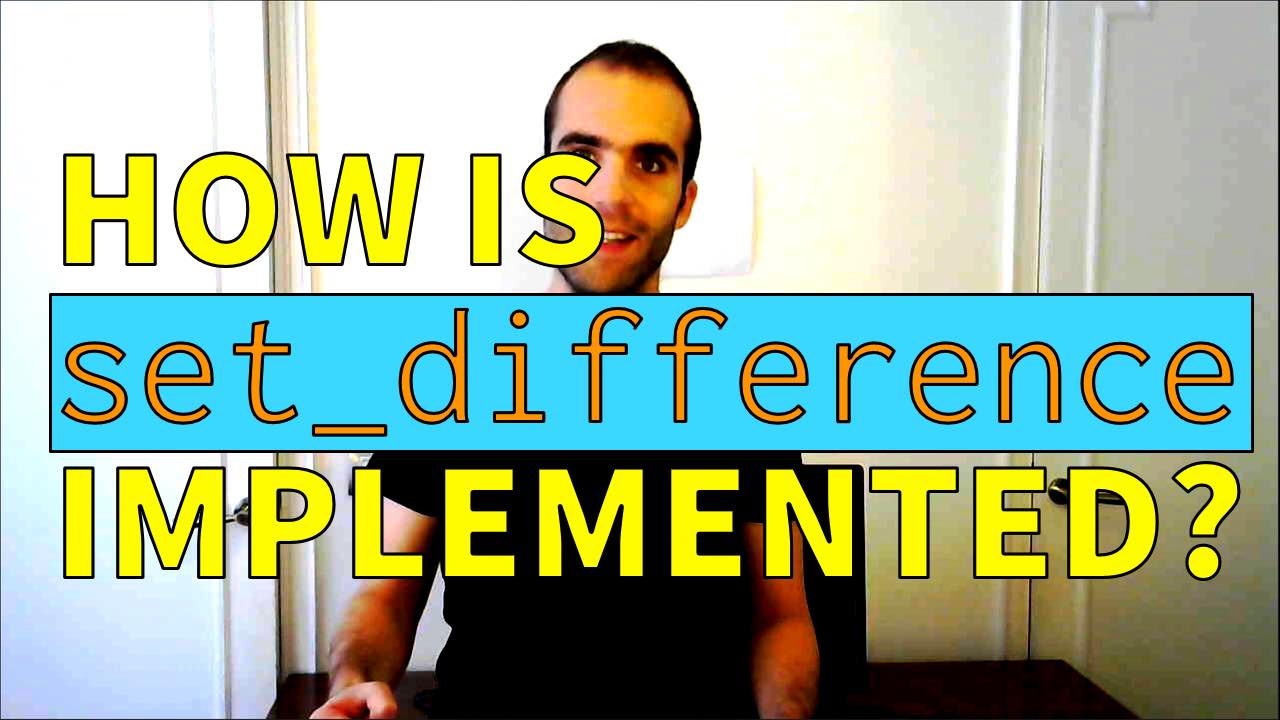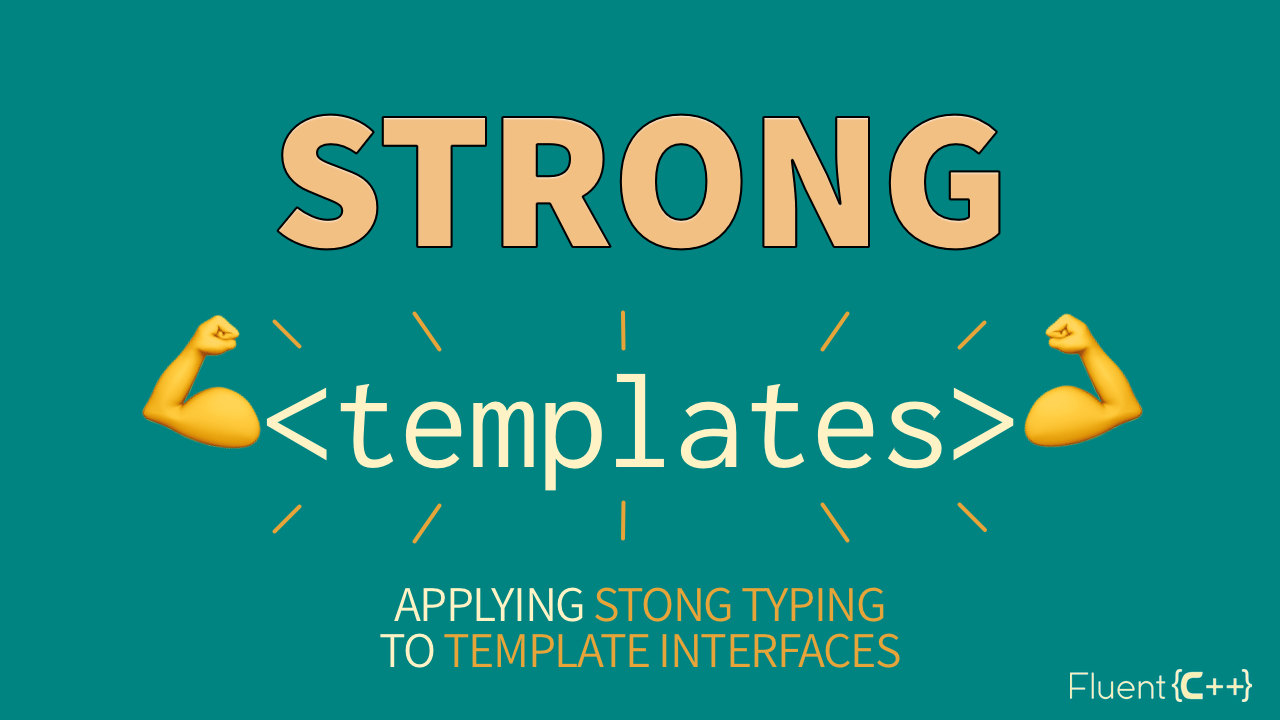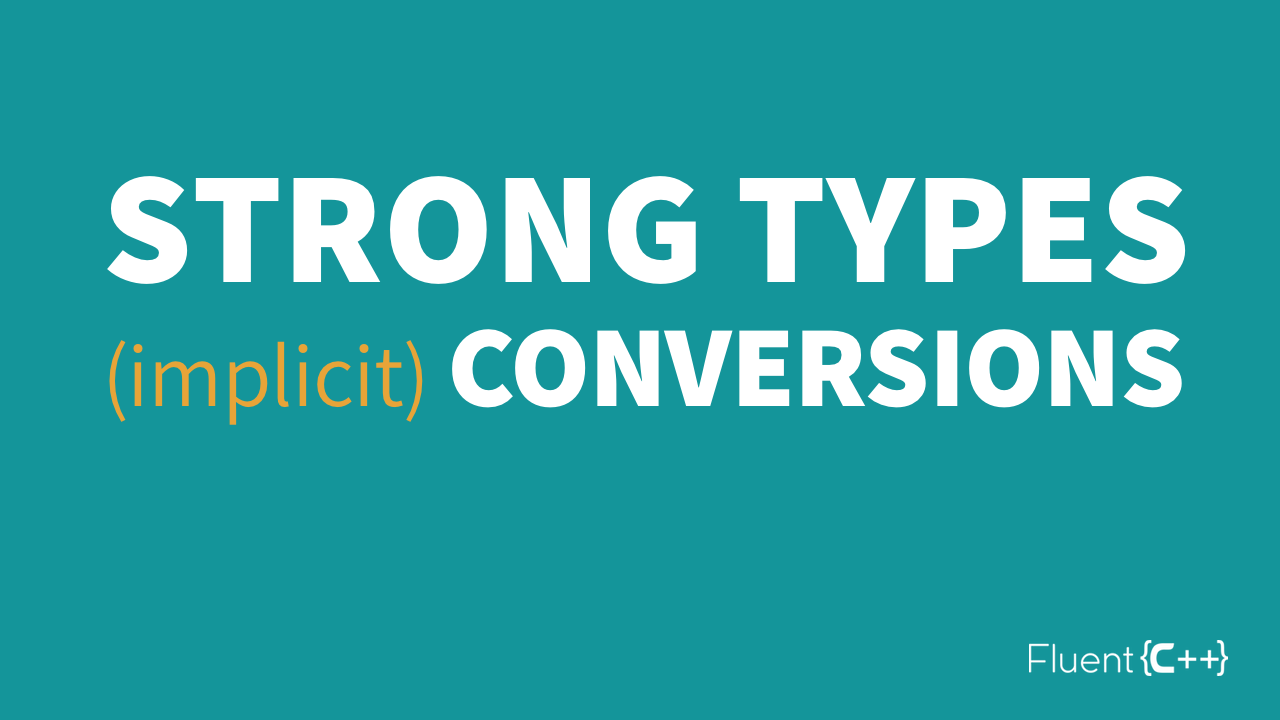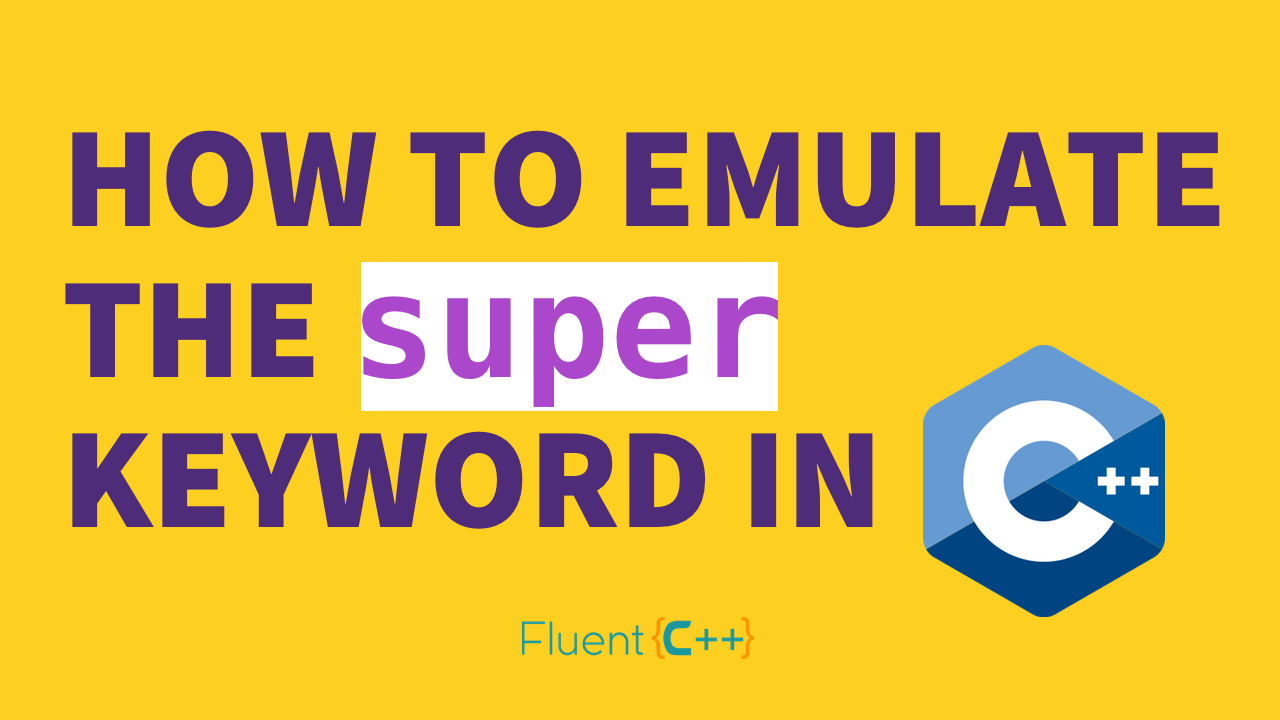Introduction to Boost Phoenix

With this video, we’re starting a series about learning what’s in the Boost library. Like I discussed in Getting Inspired by Good Code, it is beneficial to know what is in Boost, either to use it or just to expand your horizons about the C++ language. And Boost can expand them pretty far. Knowing what […]



